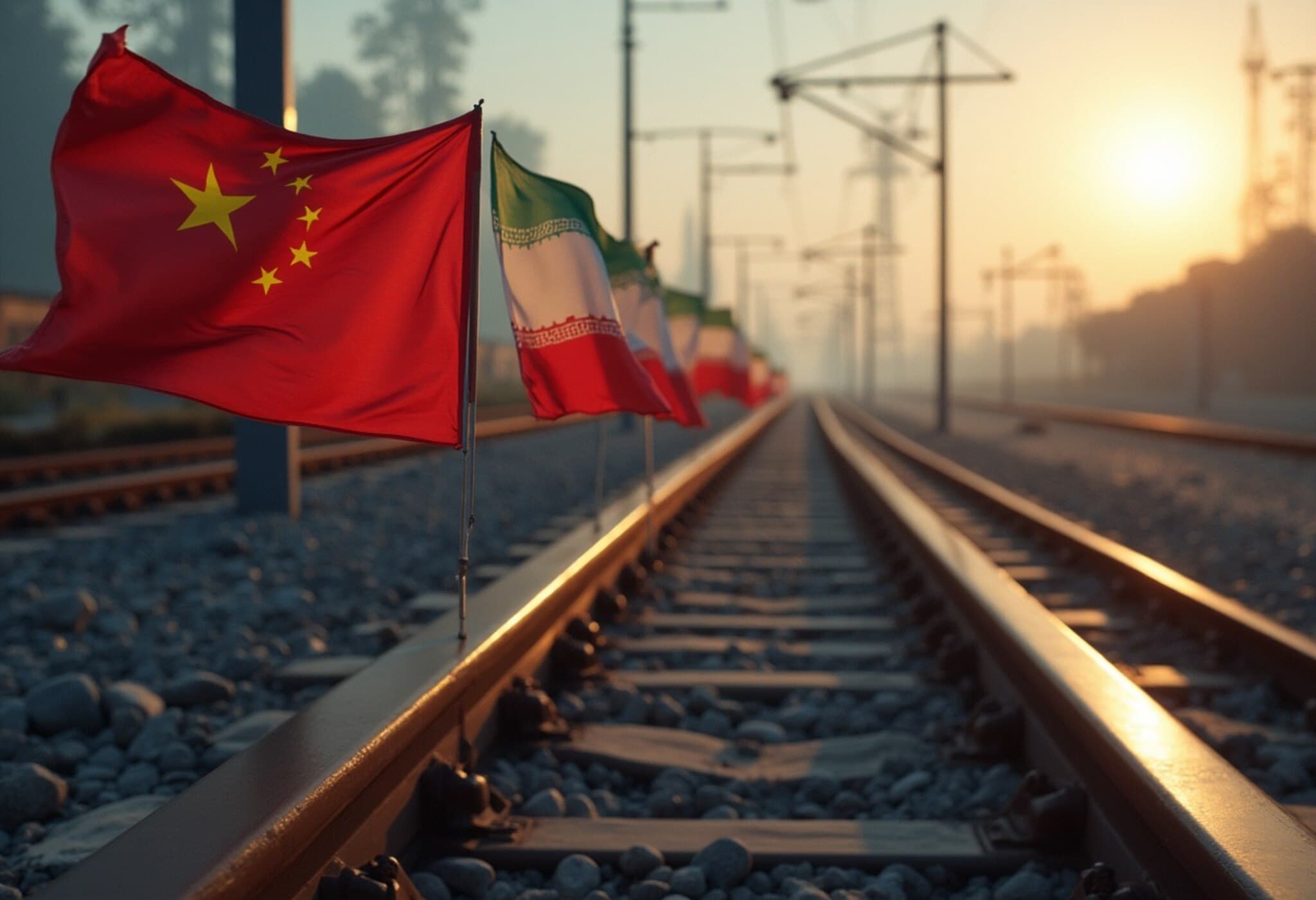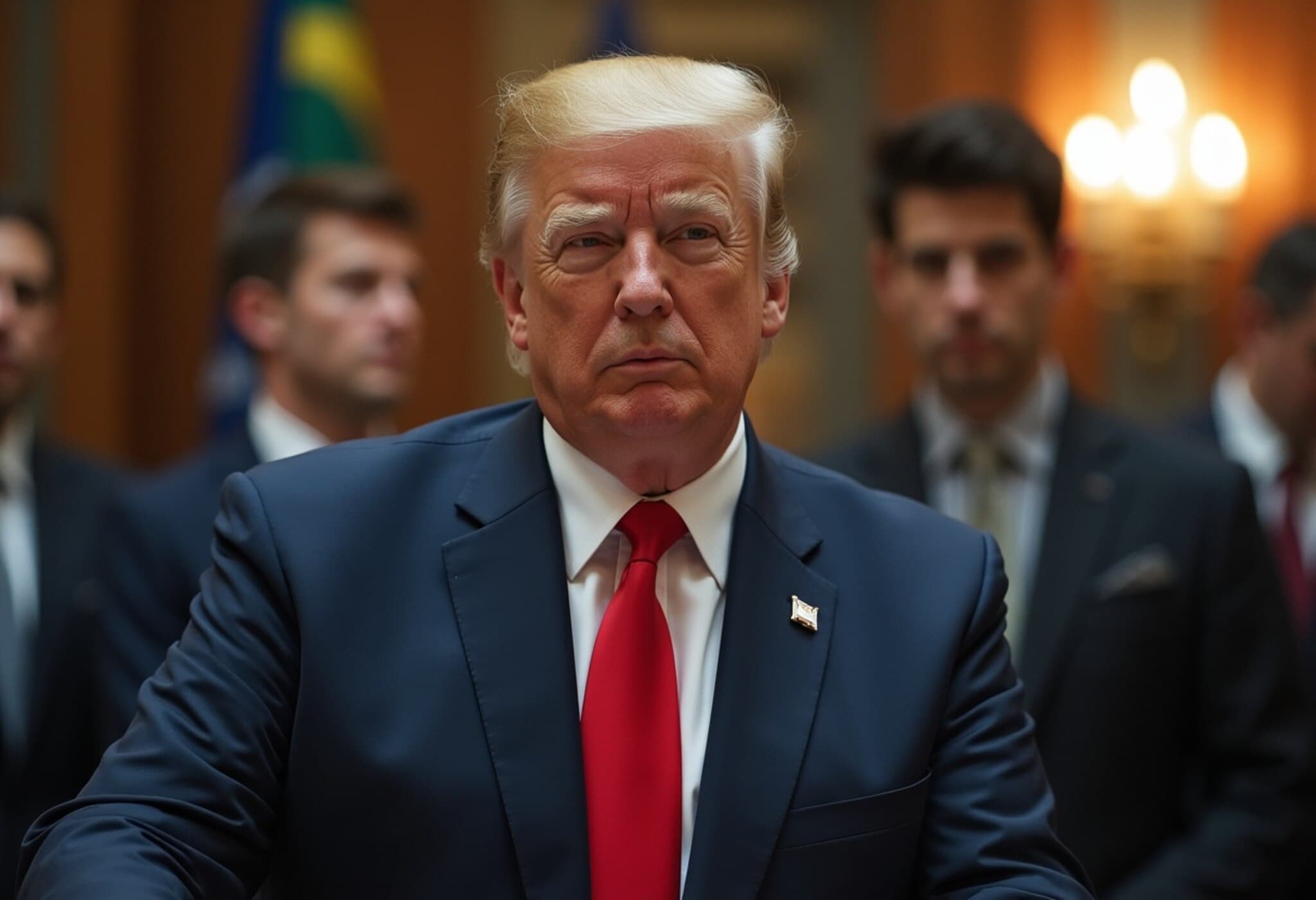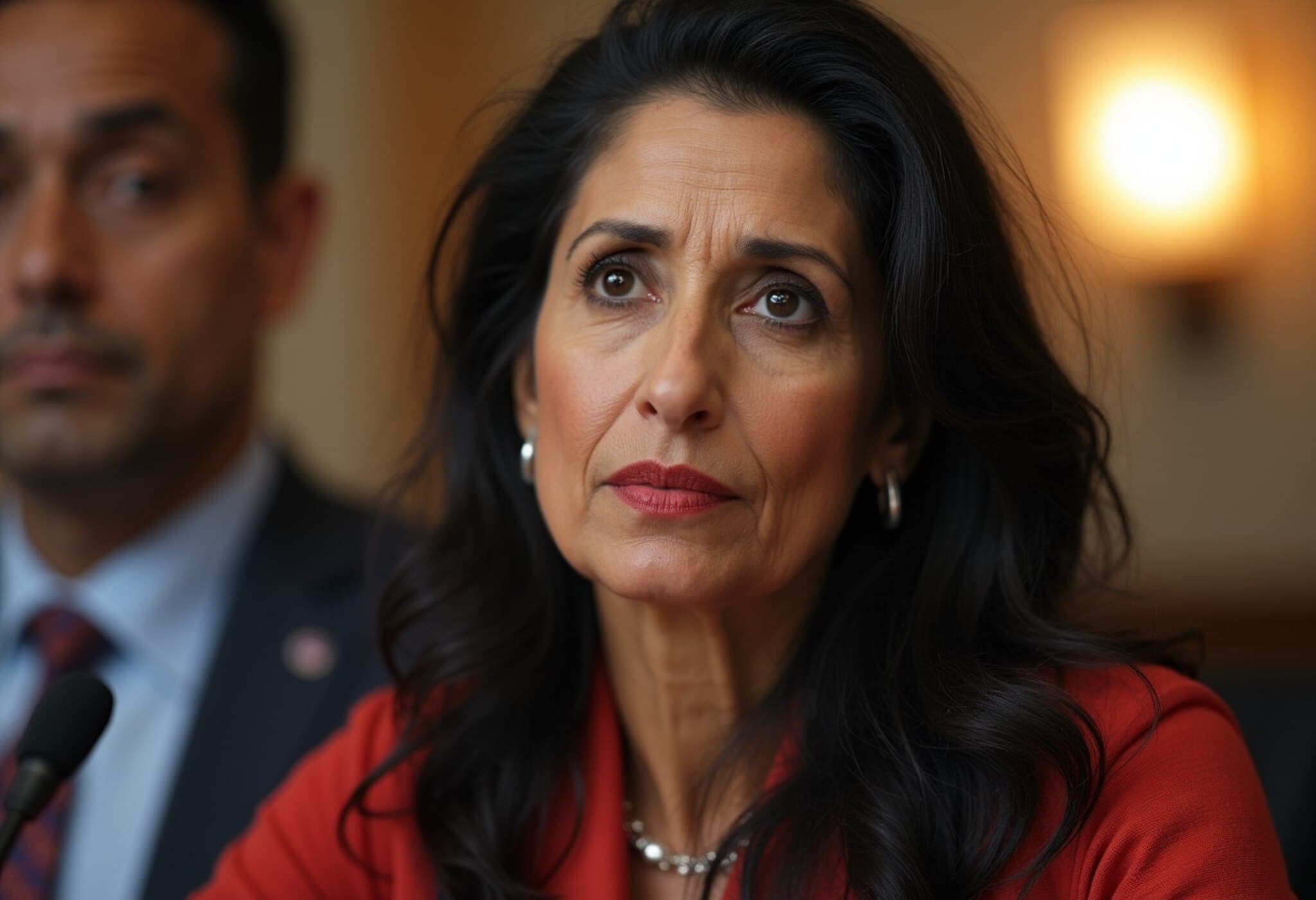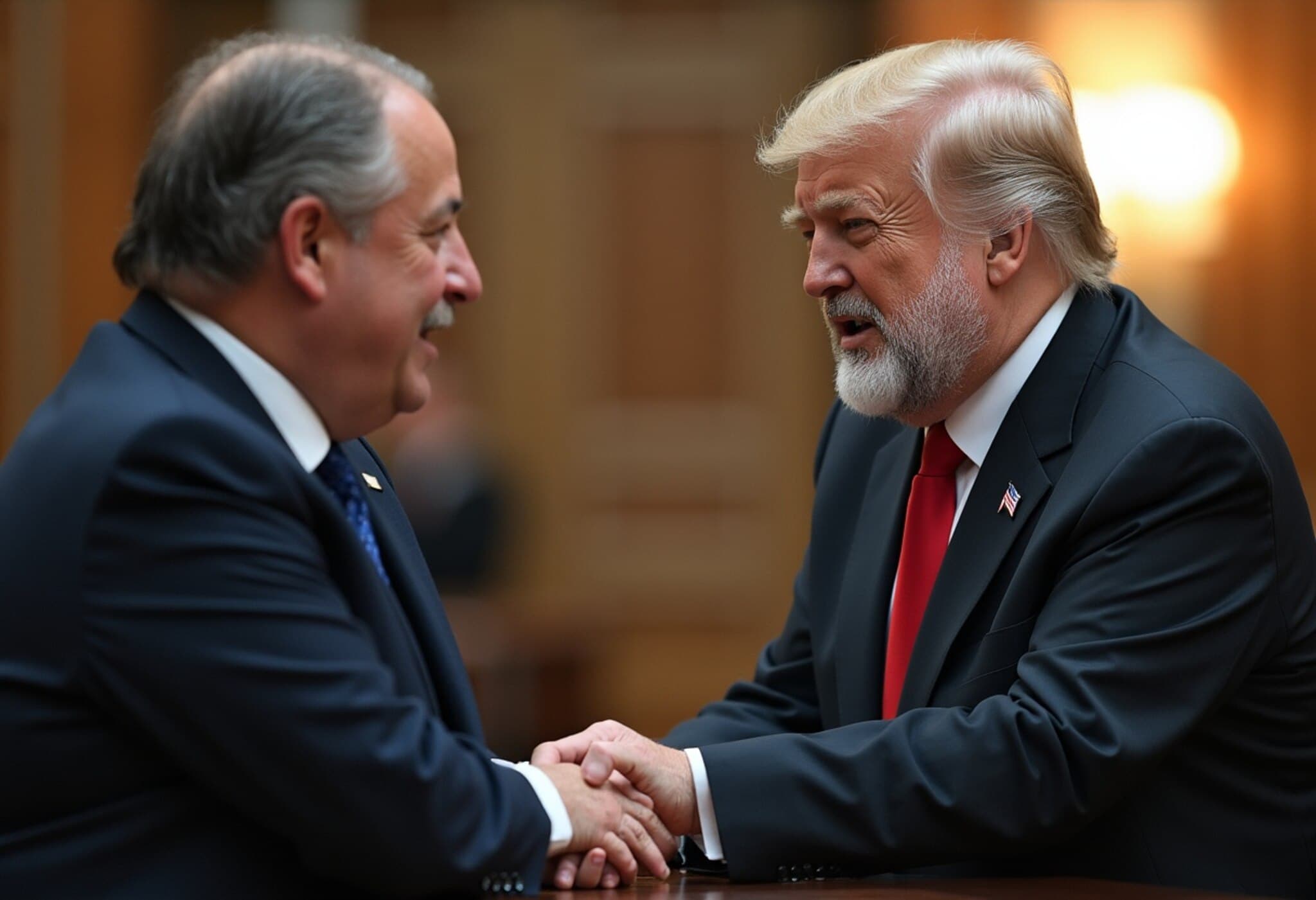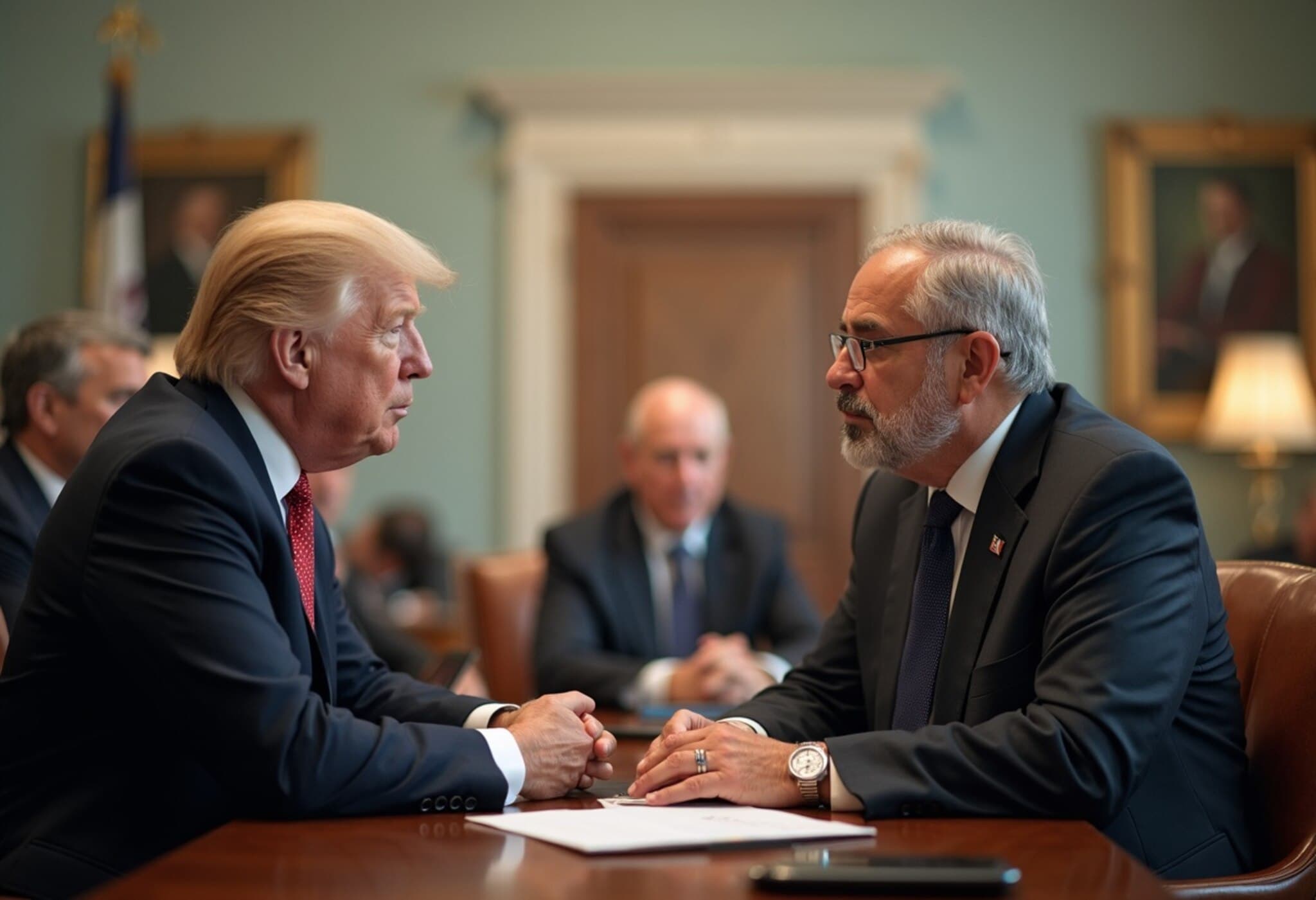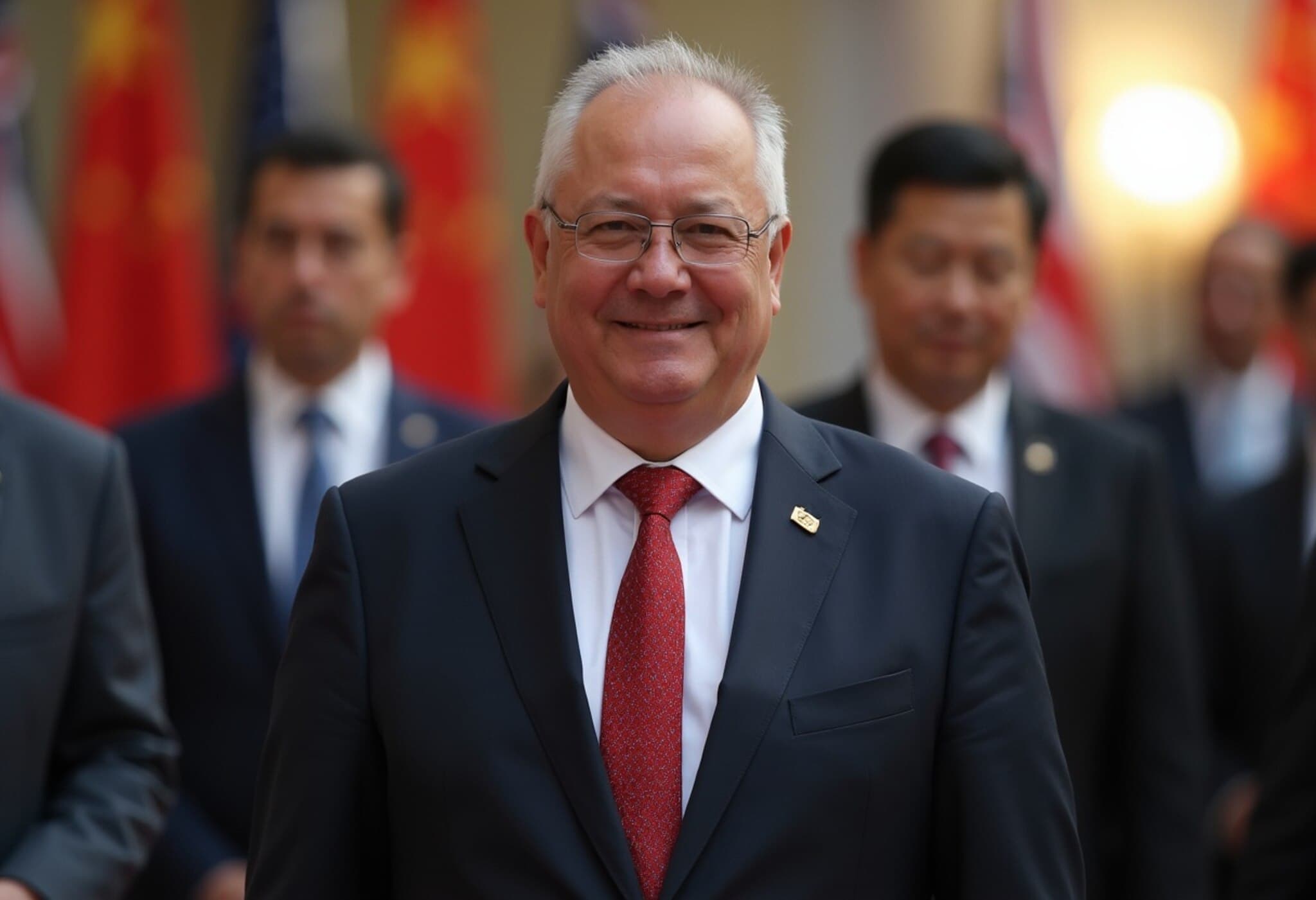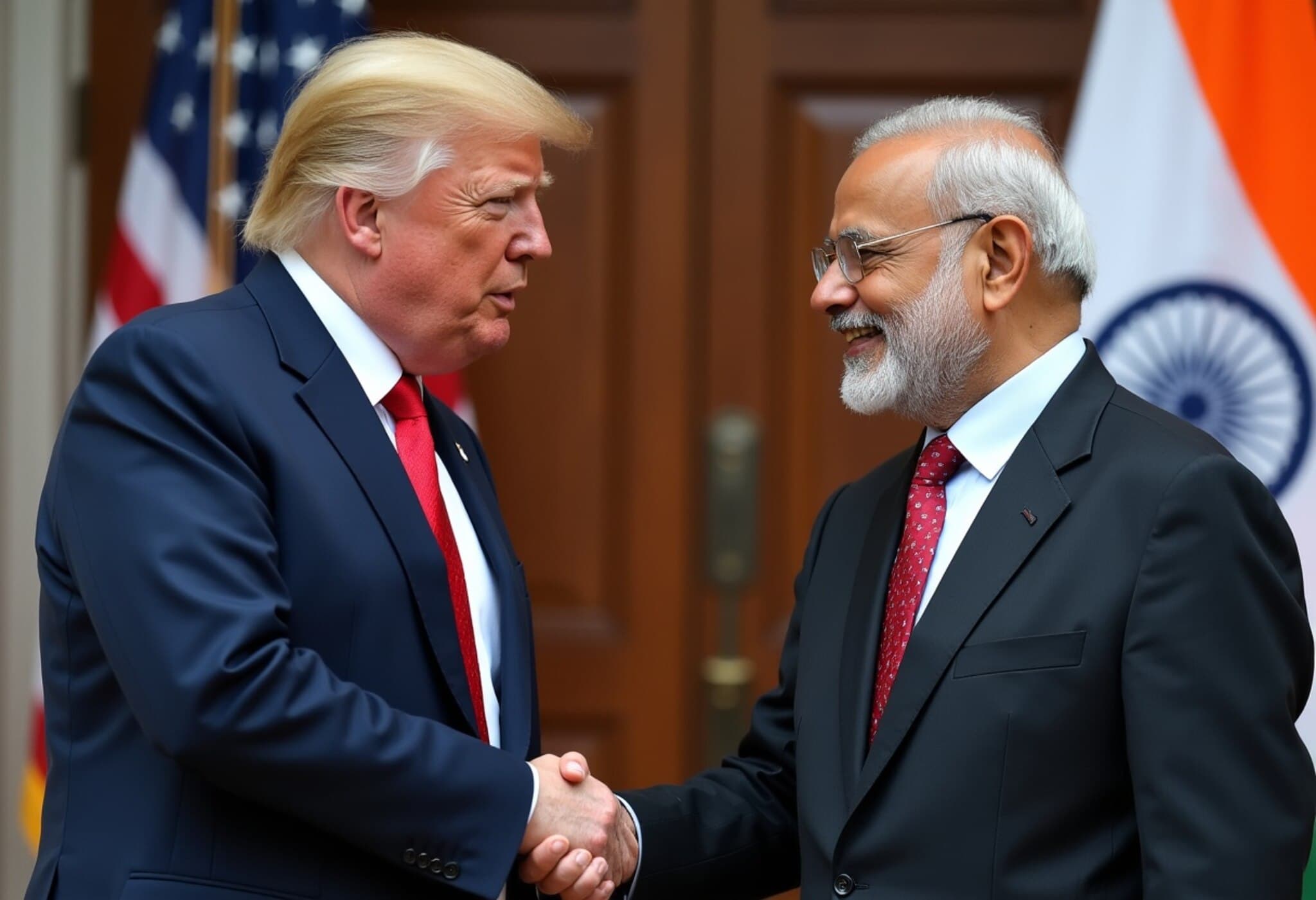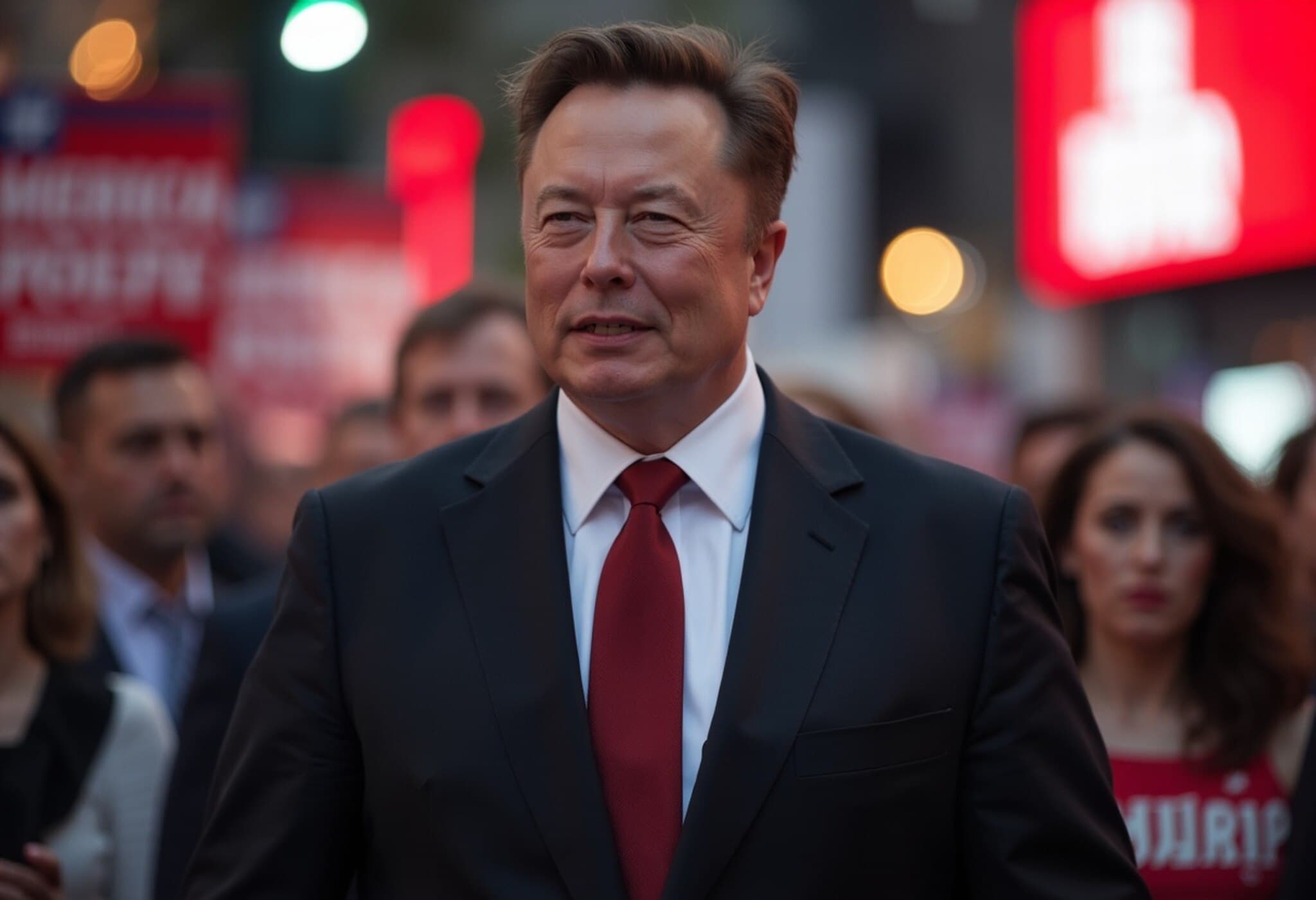America’s Pivot to Asia: A Promise Unfulfilled
As Australia prepares for Prime Minister Anthony Albanese's upcoming meeting with China's President Xi Jinping, questions loom large regarding the United States' long-touted “Pivot to Asia.” Originally announced over a decade ago, this strategic shift promised to reorient American focus from the Middle East toward the Asia-Pacific to counterbalance China's rising influence. Yet, recent events shed doubt on whether this pivot will ever fully materialize.
The Persistent US Presence in the Middle East
Despite aspirations to withdraw, America remains deeply entangled in Middle Eastern affairs. The renewed conflicts and Israel's intensified operations across Gaza, Lebanon, Syria, and Iran underline an ongoing commitment that seems at odds with the goal of diverting resources and attention toward Asia.
Such sustained involvement complicates the US’s ability to concentrate on the Pacific, leaving countries like Australia to reconsider their strategic assumptions and partnerships.
The Origin and Challenge of the Pivot
Back in 2011, President Barack Obama, addressing the Australian Parliament, articulated a vision to realign US foreign policy away from costly wars in Iraq and Afghanistan and toward Asia’s burgeoning geopolitical significance. The plan offered a dual focus: fostering peaceful cooperation around trade, climate, and diplomacy while maintaining a strategic balance as China’s power grew.
Australia, for its part, embraced this vision wholeheartedly—hosting American military bases, entering into new alliances such as the Quad and AUKUS, and investing billions in advanced weapons systems. Yet, American follow-through has been inconsistent.
Unraveling Economic and Diplomatic Commitments
The economic centerpiece of the pivot, the Trans-Pacific Partnership (TPP), was abruptly abandoned by President Trump on his first day in office—a setback that undercut the framework for regional economic integration. Similarly, America's approach to diplomacy and multilateral institutions has waned, even as rhetoric from successive administrations emphasized countering China.
Trump’s Complex Legacy on Foreign Policy
President Trump campaigned on a platform criticizing endless interventions, earning early popularity by opposing wars in the Middle East. Yet, paradoxically, his administration reinforced US military commitments in the region and dismantled arms control agreements like the Iran nuclear deal, driving tensions higher. Key figures in his administration, such as Undersecretary Elbridge Colby, have advocated strategies to limit China’s regional dominance—though they acknowledge that ongoing Middle Eastern engagements weaken that focus.
Strategic Implications for Australia
For Australia, the continued American presence in the Middle East poses a strategic dilemma. The country has committed to a military-heavy approach to contain China, including investing $368 billion in nuclear-powered submarines dependent on US technology, expertise, and operational integration.
This deep dependence risks binding Australia’s security strategy tightly to an American agenda that is itself stretched thin. Critics argue that funds might be better directed toward versatile, cost-effective defense capabilities leveraging Australia’s unique geography—such as enhanced anti-ship and anti-air systems that bolster defensive posture rather than power projection.
Moving Toward a Sovereign Strategy
The evolving geopolitical landscape suggests Australia must forge a foreign and security policy rooted primarily in its own interests and resources. Reliance on a distracted, overstretched ally fails to account for the complexities of both US priorities and China’s expanding influence.
As regional tensions persist, Australia faces the imperative to develop a nuanced approach that balances alliance commitments with strategic autonomy and pragmatic defense investments.
Looking Ahead
In an unpredictable global environment, the assumption that the US will seamlessly pivot to Asia and lead containment efforts against China is increasingly untenable. Australia’s leaders and policymakers must craft a fresh China strategy that recognizes these realities and secures national interests without overdependence on external powers.





